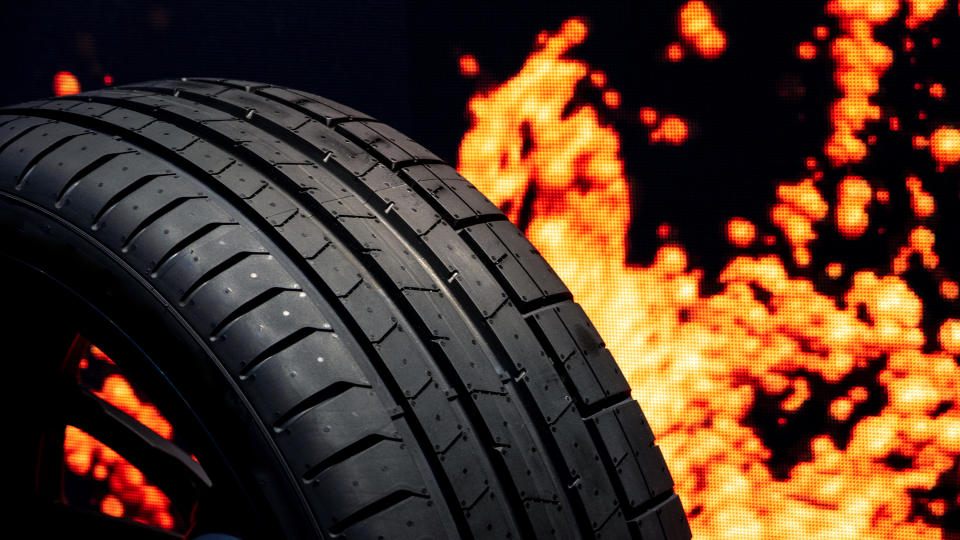Why Goodyear Tire & Rubber Shares Fell 30% in May
What happened
Shares of Goodyear Tire & Rubber (NASDAQ: GT) dropped 30.2% lower in May 2019, according to data from S&P Global Market Intelligence. There was no watershed moment that brought the tire-making veteran to its knees last month, but more of a steady slide that really started in early 2018. The negative trend simply accelerated a bit in May, nudged along by some bearish macroeconomic indicators and equally negative analyst reports.
So what
Morgan Stanley lowered its price target for Goodyear near the middle of May, slashing that projection from $19 to $15 per share. At the same time, Longbow Research held its sell rating firm with a $14 price target. One week later, KeyBanc initiated coverage of the stock with a "sector weight" rating -- which doesn't sound too terrible until you consider that the entire automotive industry is under pressure these days. Meanwhile, hedge funds have been shedding Goodyear shares all year long, and that action continued in May.
All of these minor price-moving triggers took place while Washington intensified its trade tensions with China -- and then added a Mexican standoff to the tariff-flavored mix. None of this is good news for anybody in the auto industry.

Image source: Getty Images.
Now what
Adding more obstacles to moving automotive goods across international borders makes it tougher for Goodyear and other car parts specialists to turn a profit. According to Goodyear CEO Rick Kramer, in April's first-quarter earnings call, tariffs on tires imported from China will face a border-crossing levy between 42% and 45% when all of the currently announced tariffs take effect. Goodyear makes most of its truck tires domestically, limiting the direct impact of Chinese tariffs, but the overall pressure on carmakers everywhere will still make business tougher for Goodyear. In that first-quarter report, for example, Goodyear's earnings fell 62% below the year-ago result while revenues came in 5% lower.
Buy when there's blood in the streets, they say -- and that should apply to Goodyear at this point. The bounce might not come tomorrow or next month, but Goodyear still produces a generous heap of free cash flows, more than enough to fully finance the generous 4.4% dividend yield. This company will come back swinging when the international trade ruckus ends.
More From The Motley Fool
Anders Bylund has no position in any of the stocks mentioned. The Motley Fool has no position in any of the stocks mentioned. The Motley Fool has a disclosure policy.

 Yahoo Finance
Yahoo Finance 
